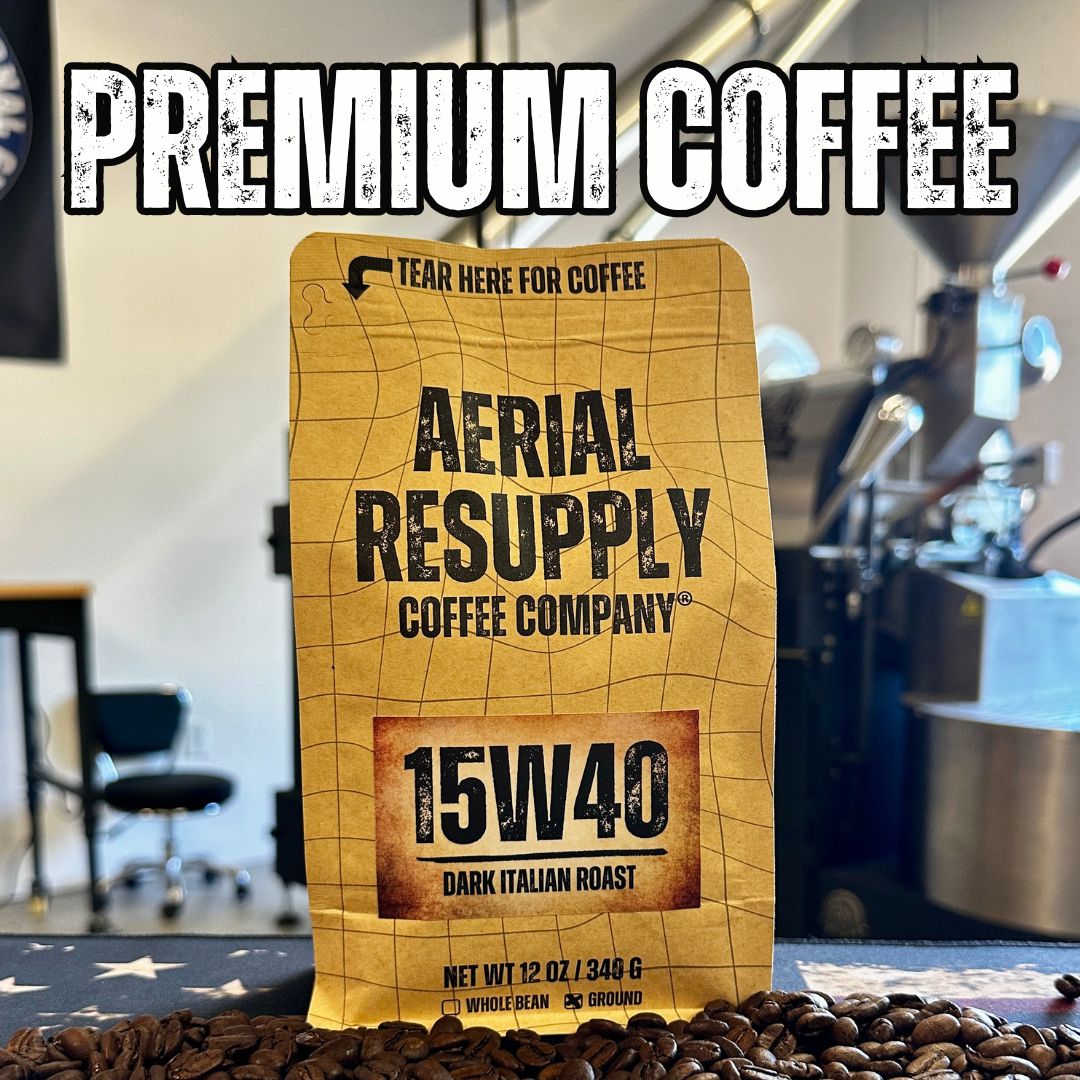Coffee 101: Everything You Need to Know
Coffee 101: Everything You Need to Know
Key Takeaways:
| Topic | Key Points |
|---|---|
| Introduction to Coffee | Brief history and importance |
| Types of Coffee Beans | Arabica vs. Robusta, Specialty beans |
| Coffee Growing Regions | Major producers, Flavor profiles |
| Coffee Brewing Methods | Drip, French press, Espresso, Pods |
| Understanding Coffee Roasts | Light, medium, dark roasts |
| Coffee Tasting Notes | Tasting techniques, Flavor descriptors |
| Coffee Preparation Tips | Grinding, Water quality, Temperature |
Introduction to Coffee
Coffee is not just a beverage; it's a global phenomenon with a rich history. From its origins in Ethiopia to becoming a staple in households worldwide, coffee has a fascinating journey. Understanding this journey helps us appreciate each cup we brew.
Types of Coffee Beans
Arabica vs. Robusta
Arabica beans are known for their smooth flavor and aromatic qualities, whereas Robusta beans are stronger, with a more bitter taste. Each has its unique place in the coffee world, offering distinct experiences.
Specialty Coffee Beans
Specialty coffee beans are high-quality beans that are carefully cultivated and harvested. These beans often come from specific regions known for their excellent growing conditions, resulting in exceptional flavors.
Coffee Growing Regions
Major Coffee-Producing Countries
Countries like Brazil, Colombia, Ethiopia, and Vietnam are among the top coffee producers. Each region imparts unique flavors to the beans, influenced by the local climate, soil, and cultivation methods.
Flavor Profiles Based on Regions
For instance, Ethiopian coffees are often fruity and floral, while Colombian beans are known for their balanced and nutty flavors. Exploring these regional differences can enhance your coffee appreciation.
Coffee Brewing Methods
Drip Coffee
Drip coffee is a popular method for its convenience and consistency. It involves hot water slowly passing through ground coffee, extracting its flavors.
French Press
The French press method allows for more control over the brewing process, resulting in a rich and robust cup. It's perfect for those who enjoy a full-bodied coffee experience.
Espresso
Espresso is the base for many coffee drinks, including lattes and cappuccinos. It's made by forcing hot water through finely-ground coffee, producing a strong, concentrated shot.
Single-Serve Pods
Single-serve pods, like those compatible with Keurig machines, offer convenience without compromising quality. Brands like Aerial Resupply Coffee provide a variety of pod options for quick and easy brewing.

Understanding Coffee Roasts
Light, Medium, and Dark Roasts
Light roasts retain most of the coffee's original flavors, including its acidic and fruity notes. Medium roasts offer a balanced flavor with moderate acidity and body. Dark roasts are bold, with pronounced bitterness and reduced acidity.
How Roasting Affects Flavor
Roasting transforms the green coffee beans into the aromatic brown beans we know. The process influences the bean's flavor, aroma, and body, making it a crucial step in coffee production.
Coffee Tasting Notes
How to Taste Coffee
Tasting coffee involves more than just drinking it. It's about experiencing its aroma, flavor, body, and aftertaste. Take small sips, let the coffee sit on your palate, and notice the different flavors that emerge.
Common Flavor Descriptors
Coffee flavors can range from fruity and nutty to chocolaty and spicy. Recognizing these descriptors helps in understanding and appreciating the complexity of different coffee varieties.

Coffee Preparation Tips
Grinding Beans
Freshly ground coffee beans significantly improve the taste of your coffee. Use a burr grinder for a consistent grind size, which is essential for proper extraction.
Water Quality and Temperature
Good quality water and the right temperature (195°F to 205°F) are crucial for brewing coffee. Too hot or too cold water can result in over-extraction or under-extraction, affecting the coffee's flavor.
Conclusion
Coffee is a world of endless possibilities. Whether you're exploring different beans, experimenting with brewing methods, or learning about roasts and tasting notes, there's always something new to discover. Let's embrace this journey together and enjoy every sip along the way.





